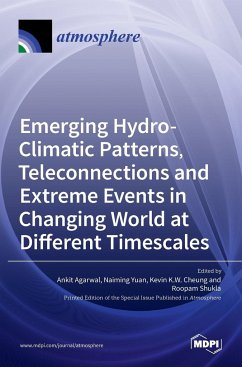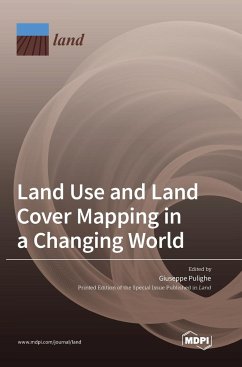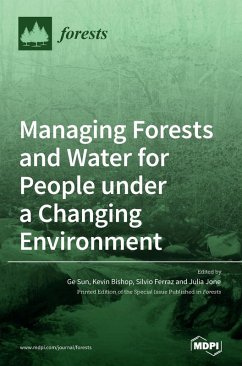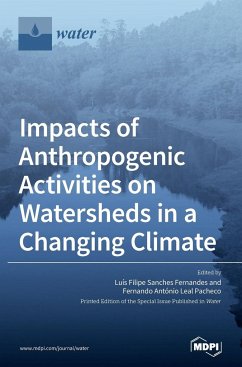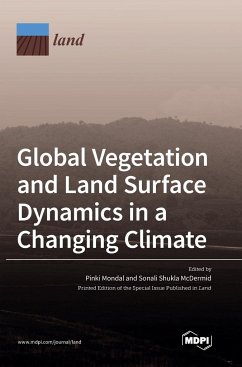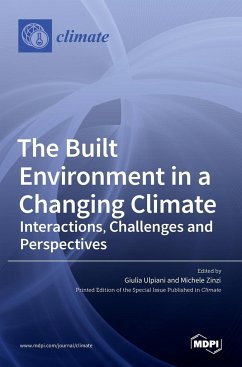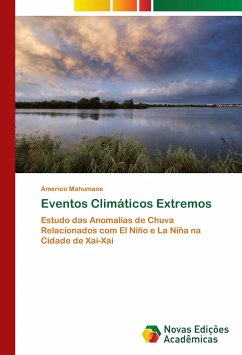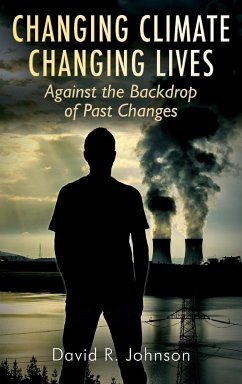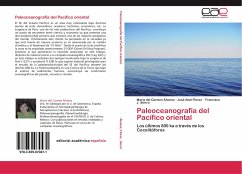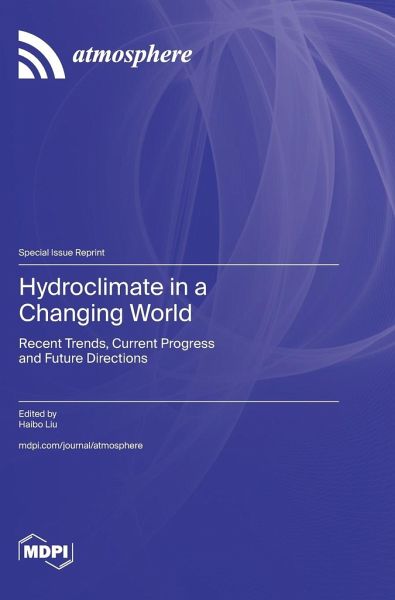
Hydroclimate in a Changing World
Recent Trends, Current Progress and Future Directions
Versandkostenfrei!
Versandfertig in 1-2 Wochen
93,99 €
inkl. MwSt.

PAYBACK Punkte
47 °P sammeln!
Global warming is imposing tremendous challenges upon human and otherwise biotic life on Earth. A warmer atmosphere holds more moisture. The consensus is that the moisture transport by the atmospheric circulation strengthens and makes already wet areas of moisture convergence wetter and already dry areas of moisture divergence drier. Therefore, the tropics and mid-to-high latitudes will get wetter and the subtropics will get drier. Without any change in the interannual variability of hydroclimate, the change in the mean hydroclimate would equally increase drought risk in some places and flood ...
Global warming is imposing tremendous challenges upon human and otherwise biotic life on Earth. A warmer atmosphere holds more moisture. The consensus is that the moisture transport by the atmospheric circulation strengthens and makes already wet areas of moisture convergence wetter and already dry areas of moisture divergence drier. Therefore, the tropics and mid-to-high latitudes will get wetter and the subtropics will get drier. Without any change in the interannual variability of hydroclimate, the change in the mean hydroclimate would equally increase drought risk in some places and flood risk in others. Moreover, global warming will cause the interannual variability of the hydroclimate to intensify, which will induce more droughts and floods. Furthermore, the changing atmospheric circulation interaction with the land surface may cause storm track alterations and may play an important role in shaping moisture redistribution. The author's contributions have documented the precipitation trends in southeast of the US, the Nile River Basin Ethiopia, Iraq, the Huai River Basin of northern China, and the Qilian Mountains of western China. The precipitation predictability on both global and regional scales are also studied. The interaction among climate systems in southeast Asia is also explicitly documented.



